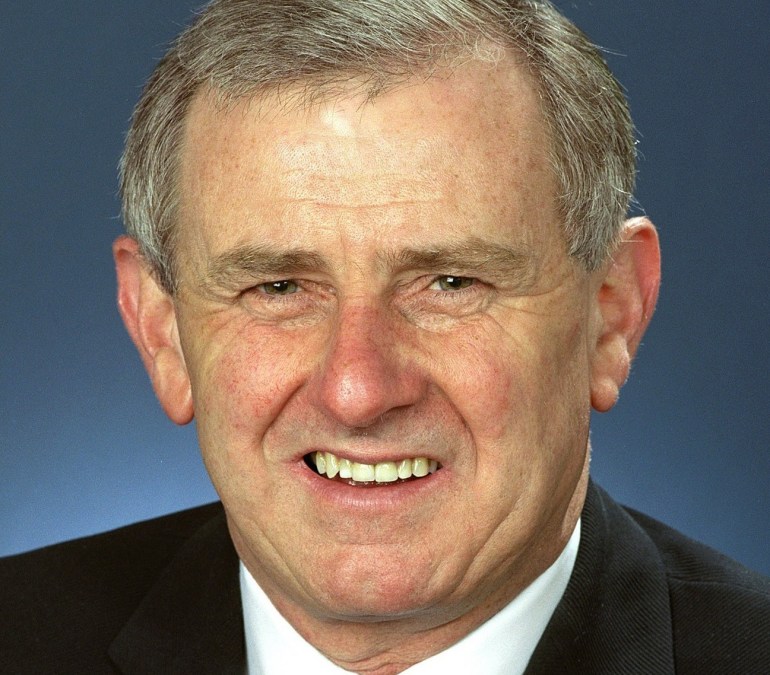SEAC co-chair Simon Crean.
Screen Producers Australia (SPA) has established the Screen Export Advisory Council (SEAC) with the aim to promote and advance the export potential of the Australia screen industry.
The council will be co-chaired by former Labor leader and Arts and Trade Minister Simon Crean and former NSW Minister for Tourism and former trade commissioner in Germany and New York Bruce Baird.

Other members include:
- Alina Bain, CEO, Export Council of Australia;
- Barbara Stephens, managing director, Flying Bark and vice-president of SPA;
- Bryan Brown, Australian actor and founder, New Town Films;
- Emile Sherman, founder, See Saw Films;
- Fiona de Jong, head of Australia’s nation brand, Austrade;
- Larissa Behrendt, filmmaker and Indigenous business leader, Lavarch Productions; and
- Russel Howcroft, chair of AFTRS and chief creative officer, PWC.
SPA CEO Matthew Deaner said: “As the recent Senate inquiry into Australian content has highlighted, screen exports have a significant impact on the Australian economy. More than 80 per cent of Australian producers are small to medium sized enterprises (SMEs), which face significant challenges in taking advantage of these export opportunities and staying globally competitive.
“There are significant sunk costs of time, resource and capital required to build the export capabilities and overseas networks needed to drive sales and co-productions.
“Similar to the approaches in the UK, Canada and Europe, Australia needs to adopt a bipartisan, whole-of-government, evidence-based and long-term strategy to allow its local screen industry to compete on the world stage.
“There’s a $1.5 billion trade deficit in the Australian screen industry and we export less today than we did 10 years ago. Australia produces only 7 official co-productions on average per year by comparison with countries like China, France and Canada which each produce approximately 60 co-productions on average per year.”
SPA’s recent Screen Production in Australia report found Australian independent screen production generated $1.2 billion in production revenue in 2017, 14 per cent of which was export related. Forty-three per cent of screen businesses derived at least some revenue from over 200 overseas markets, compared with 7.6 per cent of businesses in the broader economy.
“With rapid changes in global distribution models and consumption habits, there’s a great opportunity to work with the Council to create strategies to assist Australian SME screen businesses build the networks and skills they need to develop and sell Australian stories overseas,” said Baird.
Crean said: “We’re grateful for the support of prominent business leaders, Australian ambassadors and industry experts in raising the profile of our local screen sector. Opening doors to Australian screen exporters helps to tell our story as a nation and reflect our changing culture. This is critical to our economy and driving foreign investment, employment, tourism expenditure and enhance Australia’s ‘soft power’ diplomacy capabilities.”
SEAC will provide strategic oversight in developing an industry export strategy, which will be launched later this year. The initial focus will be on building export skills and capabilities of Australian screen businesses as well as boosting screen trade and co-productions in Asian and European markets.



